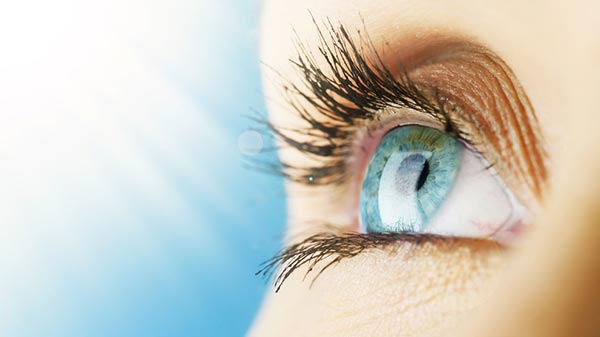Regenerative medicine has the potential to fill significant gaps in our ability to treat many health conditions. It is a tremendously powerful medicine. Research is showing that it also has applications for a number of eye conditions for which there are few effective therapies. If you have one of these eye conditions, you may find the research very encouraging.
Optic Nerve Damage
Non-arteritic ischemic optic neuropathy (NAION): In the patients with visual loss from NAION (loss duration from 1 – 35 years average 9 years), 73.6% of eyes treated had an averaged improvement of 3.53 lines of vision per eye.
Other Optic Nerve Diseases that showed improvement in the same SCOTS study include: Leber’s Optic Atrophy – visual acuity gains of up to 35 letters on the Snellen Chart and improved visual fields, Dominant Optic Atrophy – 83.3% experienced gains in visual acuity with a median improvement of 2.125 Snellen lines, and Autoimmune Optic Neuropathy (Multiple Sclerosis and Devic’s Disease) – only 1 patient but both eyes had profound improvements in both visual acuity and visual fields.
Glaucoma is a leading cause of blindness. A 2019 review article shows stem cells and their exosomes can repair optic nerve damage and retinal ganglion cells and stimulate retinal stem cells to become new retinal ganglion cells and thus induce “alleviation of glaucoma.”
Retinal Damage
Retinitis Pigmentosa is due to a cluster of genetic mutations and is relatively rare. It is, however, a model for most degenerative retinal diseases because it is so severe and causes damage to all retinal layers. It starts at a young age and leads to both loss of visual acuity and peripheral vision and damages most retinal cells. This fact makes the Stem Cell Ophthalmology Treatment Study (SCOTS) of Retinitis Pigmentosa results profound. This is a progressive disease meaning vision continually declines.
In this study, 17 patients were treated with Mesenchymal Stem Cells (MSCs), which secrete exosomes as their mechanism of acting on adjacent tissues. The average duration of disease prior to treatment was 27.6 years and ranged from 4 to approximately 60 years. 33 eyes were treated with MSCs and their exosomes. Results: 15 eyes (45.5%) improved an average of 7.9 lines of Snellen acuity, 15 eyes (45.5%) remained stable, and 3 eyes (9%) worsened by an average of 1.7 lines. So in 30 eyes the vision was improved or stabilized during the treatment period and only 3 eyes had progressive vision loss.
This has implications for most retinal degenerative diseases: Age Related Dry Macular Degeneration (AMD – a leading cause of blindness along with glaucoma), Stargardt’s Disease, Serpiginous Chorioretinopathy, etc. The recent research for all of these conditions isn’t whether or not to use Stem Cells and their Exosomes, but which Stem Cells and Exosomes to use.





0 Comments